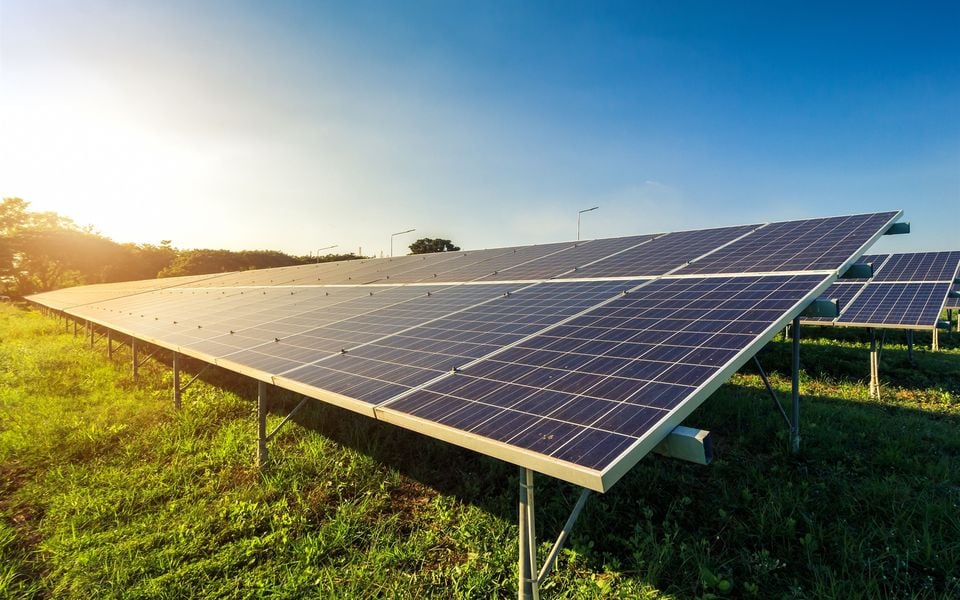An increasing percentage of renewable energy production is literally thrown away, especially at times when demand is low, raising questions about the viability of both old and new renewable energy source (RES) projects, but also about the secure operation of the power grid and its cost that is borne by electricity consumers.
The rhetoric of “cheap green energy” does not live up to its hype, according to official data about the power generation mix. As more and more green energy is wasted at times of low demand to avoid blackouts, the importance of the expensive and imported natural gas, which is also used to meet demand when there are no winds and no sunlight and wind and solar power generation drops, increases.
During the first half of 2025, 9.6% of RES production did not reach the power grid, a steep rise from the same period last year (3.5%). In June 2025 alone, rejected RES generation reached 352 gigawatt-hours, or 12.3% of the total. In June 2024, it had been 59.5 GWh, or 2.5% of RES generation.
Officials say that this imbalance between production and use will be reduced in two ways: first, by the installation of energy storage facilities and the further electrification of the economy, through incentives to households and businesses to upgrade their homes and installations, and through the expanded use of electric vehicles in transportation. But storage construction, unsurprisingly, faces delays.
The same power production data contradict the claims about Greece being an exporter of clean energy. Energy exports in the first half of 2025, at 783 GWh, did reach a 10-year high, but this is linked to a significant increase in the share of natural gas in the mix: In the first half of this year, the share of natural gas in power generation reached 40%, a 10-year high, only slightly below renewable sources (46%). Compared to the first half of 2024, RES power generation increased by 82 GWh, while generation from natural gas rose by 1,732 GWh.

